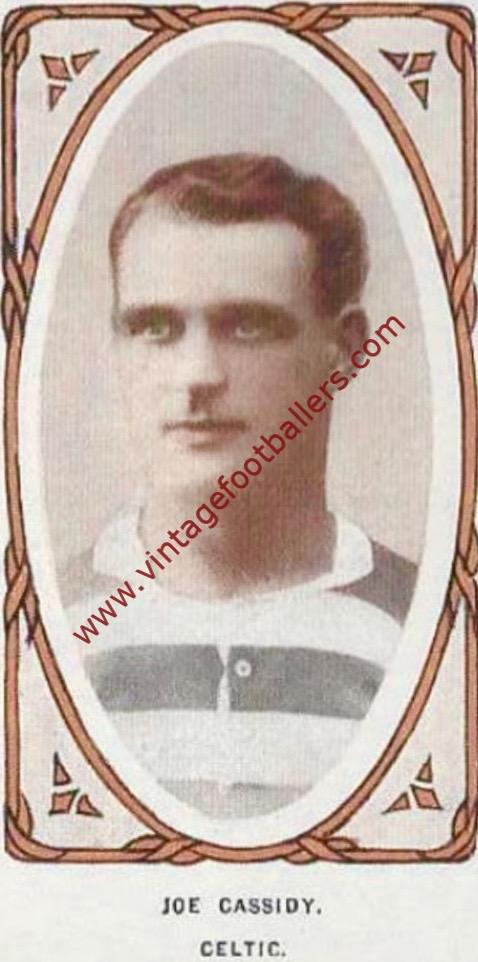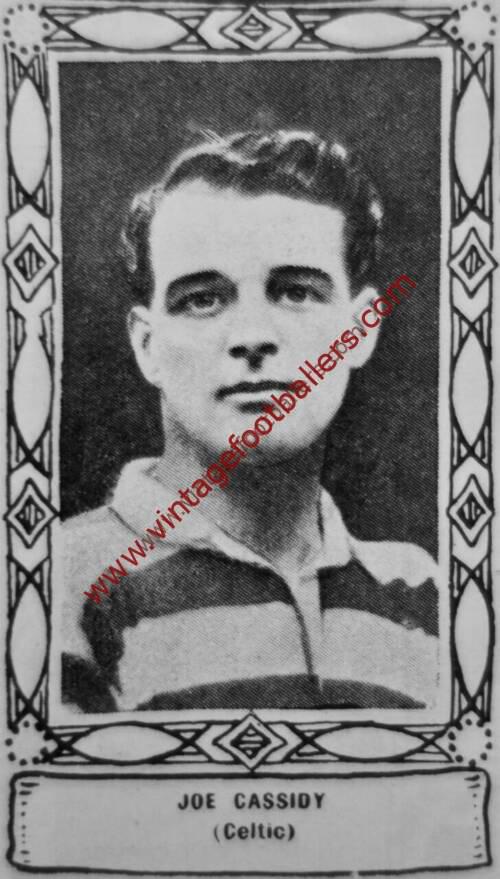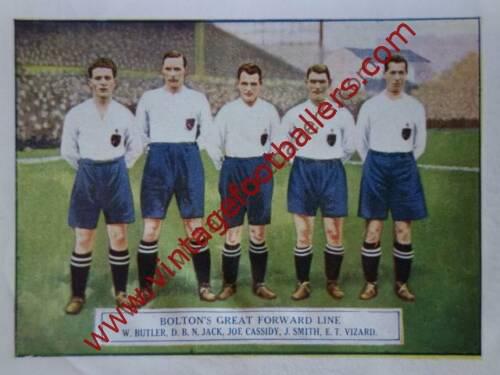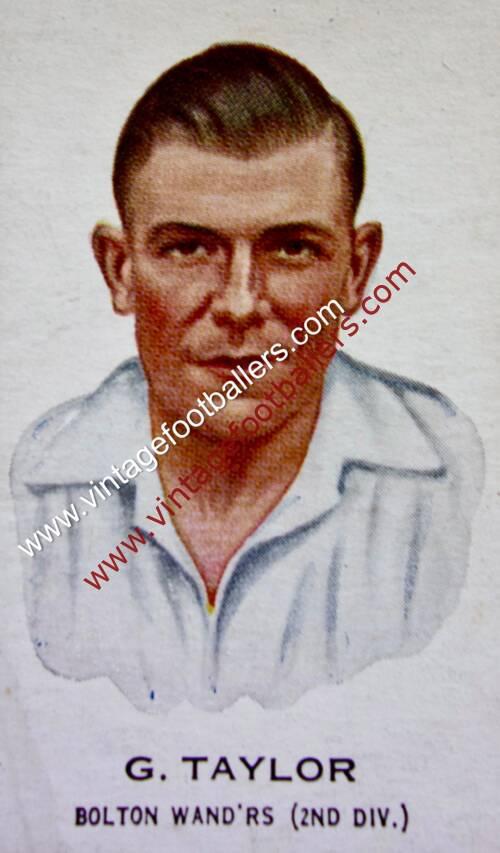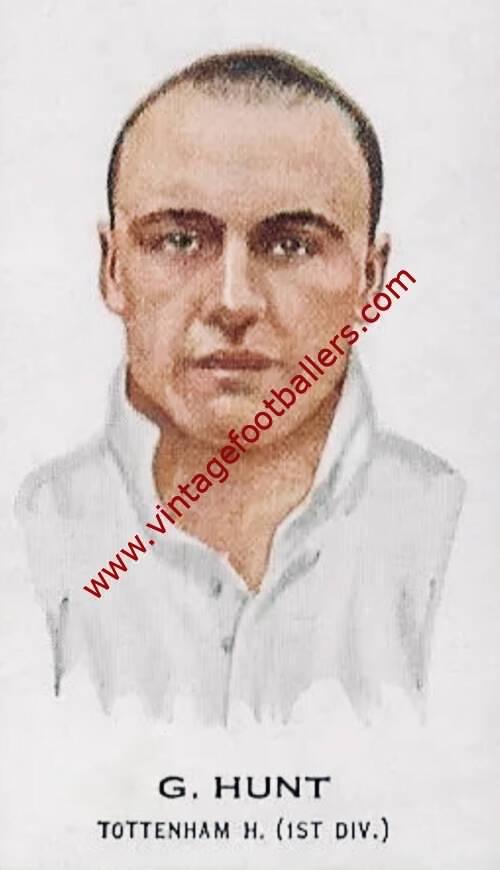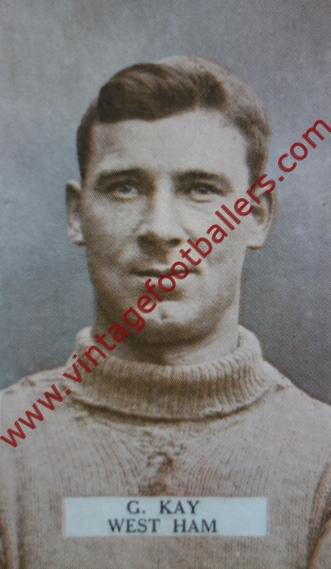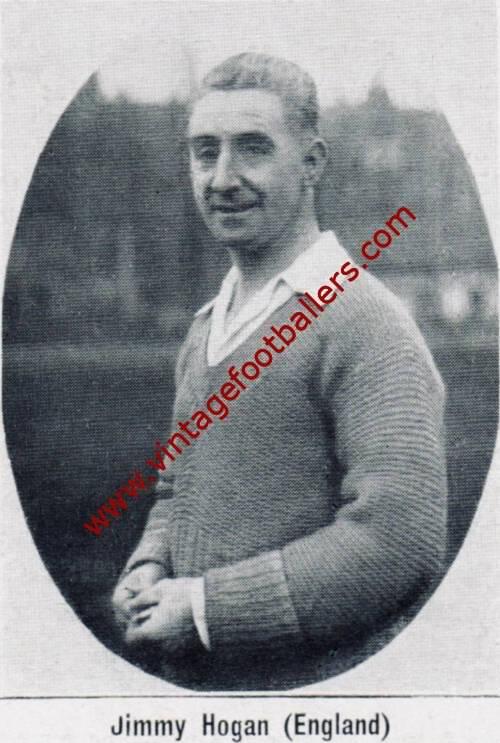Please choose your photo size from the drop down menu below.
If you wish your photo to be framed please select Yes.
Note: 16″x 20″not available in a frame.
Images can also be added to accessories. To order please follow these links
£8.95 – £49.95
Please choose your photo size from the drop down menu below.
If you wish your photo to be framed please select Yes.
Note: 16″x 20″not available in a frame.
Images can also be added to accessories. To order please follow these links
Govan, Lanarkshire born inside left Joe Cassidy joined Vale of Clyde in 1911 before on October 16th, 1912, less than a week after his 16th birthday, he played as a trialist for Celtic in an Inter City League game against Hibernian under the name of ‘Smith’. The following day in the press he was dubbed as “surely the smallest and cleverest thing ever to appear in a Celtic jersey.” But by then he was already a Celt as he was snapped up immediately after the game against Hibs.
He made his Scottish League debut in March the next year in a 1-0 defeat at Mothewell and he made another appearance the following season in a 1-0 away victory over Aberdeen the day after his 17th birthday. Cassidy was a clever and gifted inside left. Diminutive in stature, Cassidy was a massive favourite with the Celtic support and his wonderful attacking skills were right at home at Parkhead. His Celtic career was interrupted by the First World War in which Cassidy won a Military Medal whilst with The Black Watch (Royal Highlanders) 1/7th Fife Battalion for his actions in November 1918. He also had loan spells at Vale of Atholl, Kilmarnock, Abercorn, and Ayr United, all in 1913 and two loan spells at Clydebank in 1915 and 1918, but it was after the War when the man now nicknamed ‘Trooper Joe’ really came to prominence as a Celt. He first made his name in the second match of the famous ‘two games in a day’ on 15th April 1916. He’d actually missed the first match (arrived late from Perth Barracks).
Despite his small stature Cassidy was a great header of the ball and he had a keen eye for goal. His deadly instinct in front of goal was perfectly illustrated in the 1921 New Year’s Day game with Rangers at Ibrox when he stole the show with both goals in a 2-0 victory for The Bhoys. It was a performance that had the travelling Celtic support dancing through the streets of Glasgow on their way home. The problem was that he was dubbed the unenviable tag of ‘The New Quinn’. Quite a burden to carry albeit he fought well to meet this.
Originally an inside left but the departure of the mercurial Tommy McInally opened the door to allow Cassidy to move to centre forward. Almost single handedly Cassidy inspired Celtic to Scottish Cup victory in 1923 hitting an amazing eleven goals of a total of thirteen on The Bhoys’ run to glory, in what was otherwise a poor season for Celtic, including a hat-trick against Lochgelly United in the first round 3-2 win and all four goals against Hurlford. Notably, he scored in every match in that campaign except one, and even then he had a shot come back off the post. His goal in the Final against Hibernian came in the 64th minute, when he planted a header beyond the reach of Hibs goalkeeper Bill Harper for the club’s first Scottish Cup triumph since 1914. His eleven goals in a single Scottish Cup season remains a joint club record, Jimmy McGrory having equaled the tally in the 1924-25 season.
He also won League Championship medals with Celtic in 1918-19 and 1921-22.
He was first capped for Scotland when he played in a 2-1 victory over Wales at Pittodrie in February 1921, scoring two weeks later in a 2-0 victory over Ireland at Windsor Park, Belfast. He won two further Scotland caps playing against Ireland in March 1923 and Wales in February 1924. Additionally he represented both the Scottish and Irish Leagues in competition. He scored once on his debut for The Scottish League in a 3-0 victory over The Irish League at Ibrox, winning two further caps through to October 1923. He later made 3 Irish League appearances between March and October 1930 while at Ballymena.
A great goal scorer and creator, Joe was ranked by Jimmy McGrory as the best inside left he ever played with. He was Celtic’s top scorer for three seasons between 1921-22 and 1923-24 before Jimmy McGrory started his scoring spree. McGrory rated him as his mentor in the art of heading the ball and picked him in his all-time XI. Cassidy actually played a strong role in McGrory’s development. Renowned for his sense of fair play, off the pitch Cassidy is described as being a polite and modest gentleman with manners as abundant as his scoring skills. Sadly, 1923-24 was another poor season for Celtic, and Cassidy was unfairly scapegoated for this.This hero of the trenches and terraces eventually left Parkhead for good in August 1924 – to Bolton – having scored 104 goals in 204 League and Scottish Cup appearances. It was said that
Having joined Bolton Wanderers for £4,500 in August 1924 he made his Football League debut at Tottenham Hotspur the same month and scored 7 goals in 22 appearances for The Trotters during a single season stay at Burnden Park. He then joined Cardiff City in the close season of 1925 where he scored another 7 goals in 27 appearances during his single season in South Wales. When he was with Cardiff City, Cassidy was one of a 17 player pool and every single one of them were internationals – nine Welsh, four Scots and four Irish.
Cassidy went on to have spells with Dundee in 1926, joining The Dark Blues in an exchange deal that saw Sam Irving move in the opposite direction, Clyde in 1928, then with Irish League Ballymena later the same year where he won an Irish Cup medal when Ballymena beat Belfast Celtic in 1929, Dundalk in 1930 and 1931, and Morton in 1931 and 1933. His nomadic existence in his final days as a professional can be summed up with the fact that his first four children were born in Scotland, England, Wales and Ireland.
| Weight | N/A |
|---|
